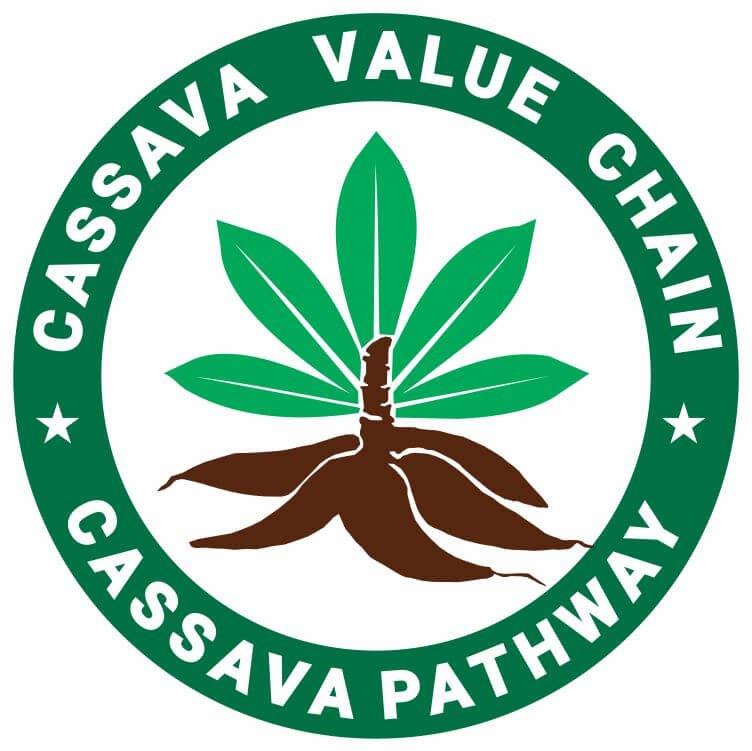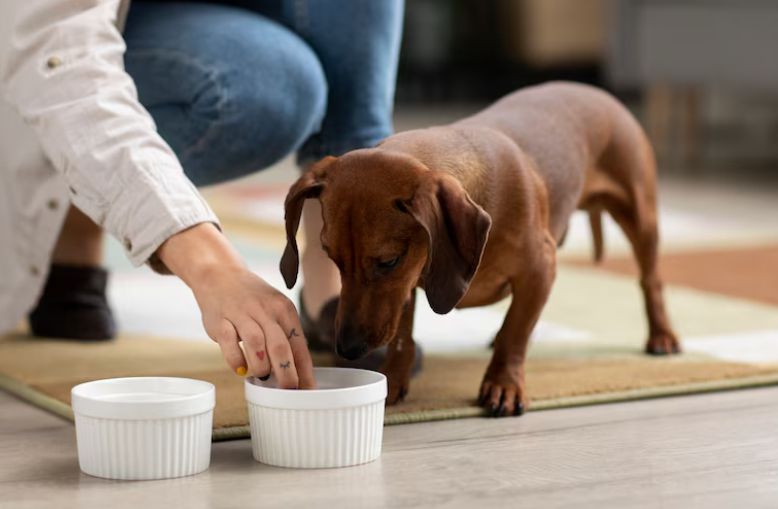Can dogs have cassava flour? Learn about its safety, benefits, and risks before adding it to your pup’s diet. Get expert insights on feeding dogs cassava-based treats!
Cassava flour is a popular gluten-free alternative used in many human foods, but is it safe for dogs?
As a responsible pet owner, you want to ensure that every ingredient you introduce to your furry friend’s diet is both nutritious and safe.
While the flour from cassava may offer some benefits, such as being grain-free and easy to digest in small amounts, it also comes with potential risks.
Understanding its effects on canine health is essential before making it a part of your dog’s meals or treats.
This guide breaks down everything you need to know about feeding cassava flour to dogs, including its nutritional value, safety concerns, and the best ways to introduce it into their diet.
Recommended: Want to Buy Cassava Flour in Bulk? Check these Places

Table of Contents
- Understanding Cassava Flour for Dogs
- Is Cassava Flour Safe for Dogs?
- How to Safely Give Cassava Flour to Dogs
- Risks and Precautions
- Cassava Flour Dog Treat Recipe
- Final Thoughts
Understanding Cassava Flour for Dogs
Cassava flour is made by peeling, soaking, drying, and grinding cassava roots into a fine powder.
The soaking step removes cyanogenic glucosides, compounds that can release toxic cyanide.
Properly processed cassava flour is safe for consumption, while raw cassava is harmful to both humans and dogs.
Cassava flour is high in carbohydrates, making it a good energy source. It’s also naturally gluten-free, which can benefit dogs with grain sensitivities.
However, since it lacks essential proteins and fats, it should only be a small part of a balanced diet.
Related: Does Cassava Flour Contain Cyanide?
Is Cassava Flour Safe for Dogs?
Processed cassava flour is generally safe for dogs in moderation. It’s grain-free and gluten-free, making it an option for pets with allergies to wheat or other grains.
Many dog food brands use cassava flour as a binding agent or carbohydrate source.
However, there are risks to consider. Raw cassava contains cyanide-producing compounds, which can be dangerous.
That’s why only properly processed cassava flour should be used. Even then, too much cassava flour can lead to digestive issues like bloating or diarrhea.
If your dog has never had it before, start with a small amount and watch for any reactions.
Related: How Cassava Flour Tortillas is Made
How to Safely Give Cassava Flour to Dogs
If you want to add cassava flour to your dog’s diet, follow these steps:
- Use only processed cassava flour: Avoid raw cassava as it contains harmful toxins.
- Start with small amounts: Begin with a teaspoon for small dogs or a tablespoon for larger breeds. Monitor their reaction before increasing the quantity.
- Incorporate it into homemade treats: Mixing cassava flour with dog-safe ingredients like peanut butter or pumpkin puree can create tasty treats.
- Mix it with their regular food: Adding a small portion to kibble or wet food can introduce it gradually.
- Consult your vet: Before making any dietary changes, check with your veterinarian to ensure cassava flour suits your dog’s nutritional needs.
Related: How to Produced Cassava Flour
Risks and Precautions
While cassava flour can be a safe option when properly prepared, there are some risks to consider:
- Cyanogenic compounds: Raw cassava contains toxic substances that can release cyanide. Always ensure the flour is processed correctly.
- Digestive sensitivity: Some dogs may not tolerate cassava flour well, leading to bloating, diarrhea, or stomach discomfort.
- Potential allergies: Although rare, dogs can have allergies to cassava. Watch for symptoms like itching, rashes, or ear infections.
- Nutritional imbalance: Cassava flour lacks protein and essential nutrients, so it should never replace a complete diet.
If your dog experiences any negative symptoms, stop feeding cassava flour immediately and consult a vet.
Related: FODMAP: Is Cassava Flour Good for the Gut?
Cassava Flour Dog Treat Recipe
Want to make homemade treats with cassava flour? Here’s a simple recipe your dog will love:
Ingredients:
- 2 cups cassava flour
- 1/2 cup peanut butter (xylitol-free)
- 1/4 cup low-sodium chicken broth or water
- 1 egg (optional, for binding and protein)
Instructions:
- Preheat your oven to 350°F (175°C).
- In a mixing bowl, combine cassava flour and peanut butter. Add the egg and liquid (chicken broth or water) and mix until a dough forms.
- Roll out the dough on a floured surface to about 1/4 inch thick.
- Use cookie cutters to create fun shapes. Place them on a baking sheet lined with parchment paper.
- Bake for 15-20 minutes until lightly golden.
- Let them cool completely before serving. Store in an airtight container for up to a week, or freeze for longer freshness.
This recipe can be customized with ingredients like mashed bananas or pumpkin puree for added flavor and nutrition.
Related: Is Cassava Flour Keto-compliant?
Final Thoughts
Cassava flour can be a safe and tasty addition to your dog’s diet when used correctly. It’s gluten-free and grain-free, making it an alternative for dogs with certain allergies.
However, it should only be given in moderation, as it lacks key nutrients dogs need for overall health.
Always ensure the flour is properly processed and introduce it slowly to avoid digestive issues.
Before making any dietary changes, consult your veterinarian to confirm that cassava flour is a good fit for your dog.
With careful preparation, you can offer your furry friend a new, enjoyable treat while keeping their health a priority.

